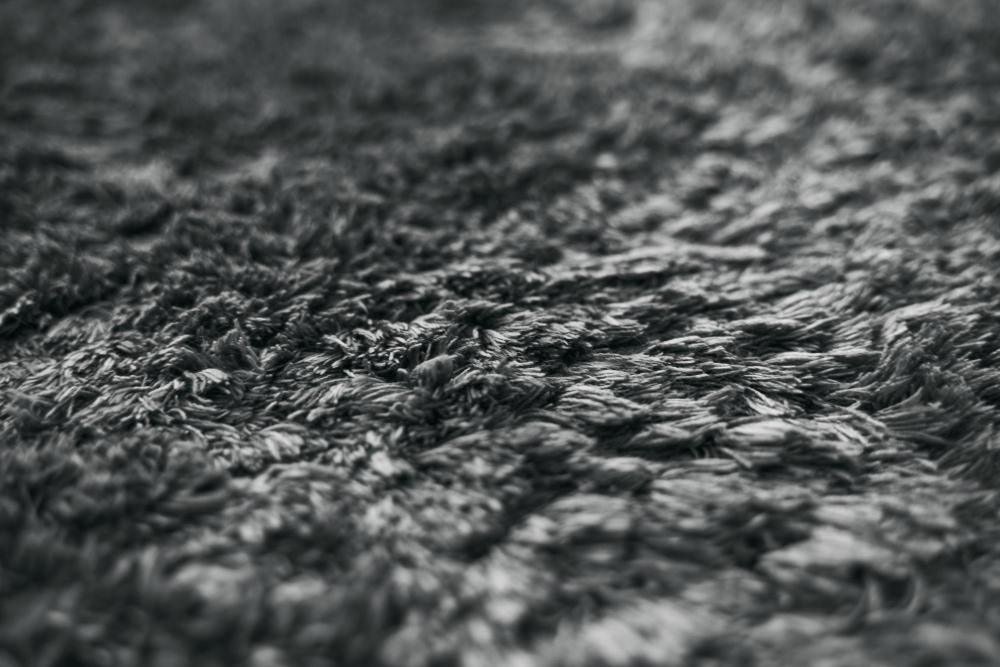If you’ve ever dealt with mysterious smells or strange discolouration on your carpet, there’s a good chance you’ve unknowingly hosted a colony of black mould. It might sound dramatic, but black mould can thrive in everyday environments, especially those that are damp, warm and neglected. The term “black mould” typically refers to Stachybotrys chartarum, a toxic mould that can take hold in homes, especially in carpets, upholstery and even walls but only if the conditions are just right.
Carpets are particularly vulnerable because they trap moisture easily. Whether it’s a spill that wasn’t dried properly or a leak from a window or pipe, that moisture combined with dust and organic debris creates a breeding ground for mould. Unlike hard surfaces where mould is more visible and easier to clean, carpet fibres hide mould beneath the surface, letting it grow undisturbed until the symptoms become too obvious to ignore. If your home has been humid, had flooding issues or just hasn’t seen a deep clean in a while, your carpet could be quietly harbouring this unwanted guest.
Common Signs You May Have Mould in Your Carpet
The trouble with black mould in carpets is that it often builds up in silence. One of the first telltale signs is a persistent musty odour, something like damp socks or old basements. It might be faint at first, but it tends to linger and worsen over time. Unfortunately, if you’ve been living with it for a while, your nose may even get used to the smell making it harder to detect. So asking someone with a fresh nose to give your space a sniff test might be more helpful than it sounds.
Another key sign is visible discolouration. Black or green patches and especially those that seem to grow, are strong indicators of mould beneath the surface. You might also notice damp spots, especially after rain or near windows and plumbing. And in some cases, old carpets that haven’t been cleaned properly for years can accumulate enough organic matter to feed mould growth without any visible water source.
Health Issues Linked to Carpet Mould Exposure
The most concerning aspect of black mould isn’t its appearance or the damage it does to flooring, it’s actually the health risk. For most healthy adults, exposure might just mean some sneezing, coughing or a runny nose. But for kids, the elderly or anyone with asthma or allergies, mould spores can trigger much more serious issues. If someone in your household starts experiencing unusual allergy symptoms, breathing difficulties or recurring sinus infections, it could be connected to hidden mould in the home.

When to Call In the Pros
Trying to remove mould yourself might seem like a quick and budget friendly fix, but it’s often more trouble than it’s worth. Without the right tools or protective gear, you risk inhaling mould spores, spreading the contamination or leaving behind enough residue for it to grow back. Even with store-bought cleaners or DIY concoctions, it’s hard to get to the root of the problem when it’s buried deep within carpet fibres and underlay.
A professional clean isn’t just about making the carpet look better, it’s about fully extracting and sanitising every layer of your flooring to ensure it’s effectively cleaned.
